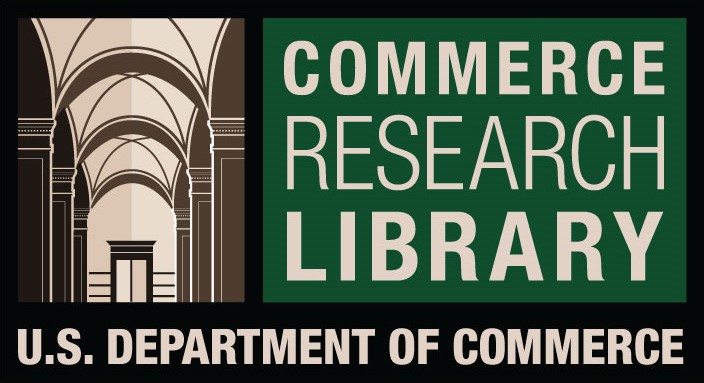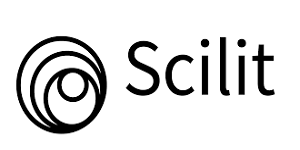Some Useful Applications Of Mathematics And Statistics In Economics
DOI:
https://doi.org/10.61841/V28I3/400424Keywords:
Mathematics, Statistics, Mathematical Economics, Science Studies, Business and Commerce, Business MathematicsAbstract
The purpose of this research is to investigate how statistics and mathematics are used in economics. It will look at how these quantitative techniques are used to evaluate economic information and come to wise conclusions. The advantages and restrictions of using statistics and mathematics in economics will also be examined in this study. According to Weintraub's research, economics does not have a fixed point of reference in mathematics. He describes how the ideas of consistency and rigor in mathematics have evolved and how it has shown to be impossible to represent mathematics as a fully formed formal system. This makes it easier to recognize how applied economics, which prioritizes quantitative language, has methodological ambiguities. This paper's goal is to examine fundamental mathematical tools that are frequently employed in the study of economics, including microeconomics, macroeconomics, and econometrics. Without the application of mathematics, economic ideas are insufficient. Each topic in economics requires the application of mathematics for a correct understanding. Economic topics are made understandable by the application of mathematical tools, which might pique one's interest in the subject.
Downloads
References
1. Blaug, M.,l984, Economic Theory in Retrospect, Fourth Edition, Cambridge University Press, Cambridge.
Cournot, A., 1877.
2. Bridges, D. S. (1999). Constructive methods in mathematical economics. Mathematical Utility Theory, 1-21.
3. Chih M, Yeh LL, Li FC. Particle swarm optimization for the economic and economic statistical designs of the X
control chart. Applied Soft Computing. 2011 Dec 1;11(8):5053-67.
4. Daniel Breslau, Economics Invents the Economy: Mathematics, Statistics, and Models in the Work of Irving Fisher
and Wesley Mitchell” Theory and Society, 32(3), 379-411, 2003.
5. Dowling ET. THEORY AND PROBLEMS OF INTRODUCTION TO MATHEMATICAL ECONOMICS 3rd ed.
MC Graw Hill Education; 2001.
6. Heilbroner, Robert, L., 1992, The Worldly Philosophers, Sixth Edition, Simon & Schuster Inc., New York.
Henderson, J. P., 1985,
7. Hoeft, R., “Mathematical statistics for economics and business” Springer, 2013.
8. Ibe Evolution of Economic Ihou!Wt, Second edition, Harcourt, Brace & World, Inc., New York. Robertson, R. M.,
"Mathematical Economics Before Coumot", Journal of Po1itica1Economy, Vol. 57, no. 6, 1949, p. 523- 536.
Schumpeter,
9. Islam, Jamal and Mohajan, Haradhan and Moolio, Pahlaj (2008): Preference of Social Choice in Mathematical
Economics. Published in: Indus Journal of Management & Social Sciences, Vol. 3, No. 1 (20 April 2009): pp. 18-38.
10. J. A., 1961, History of Economic Analysis, Fourth edition, Oxford University Press, New York. Spiegel, H. W.,
1983, The Growth Of Economic Thou~ht, Second edition, Duke University Press, Durham, North Carolina.
Theocharis,
11. Mathematical optimization and economic theory “- Book by Michael Intriligator 9.
12. Mathematics for Economists “ - Book by Carl P. Simon and Lawrence E. Blume 8.
13. Mathematics for Economists with Applications “- Book by James Bergin 10.
14. Mohajan, H.K., 2018. Aspects of mathematical economics, social choice, and game theory (Doctoral dissertation,
University of Chittagong).
15. Poirier, Dale J. "The growth of Bayesian methods in statistics and economics since 1970." (2006): 969-979.
16. R. D., 1983, Early Developments in Mathematical Economics, Second edition, Porcupine Press, Philadelphia.
17. Ravi Bansal, Dana Kiku, Amir Yaron “A Note on the Economics and Statistics of Predictability”, 2007 Bansal, R.,
Kiku, D. and Yaron, A., 2007. Working paper.
18. S Hoskova Mayervo et.al, (2003) Elaborated in their book “Mathematical Statistical Models and Quantitative Theories for
Economic and Social Sciences”, Theory and Society, 32, 379- 411, 2003.
19. Solow, R. (1954). VI. The Survival of Mathematical Economics. The Review of Economics and Statistics, 372-
374.
20. The International Flow of Mathematical Economics: From Lloyd to Thompson", The Manchester School, Vol.
LVIII, No. 2, June, p.165 - 172.
21. The Mathematical Principles at the Theory of Wealth, New York, The Macmillan Company. Gherity, J. A., 1990,
22. The Whewell Group of Mathematical Economists", The Manchester School, Vol. 53, no. 4, p. 404 - 431. (13) The more information can be found in Theocharis, p. 182-185. EKONOMIK YAKLA§IM 1155 Oser, J., 1970,
23. Vasily E. Tarasov On History of Mathematical Economics: Application of Fractional Calculus 2019, 7(6), 509;
24. Von Mises L. The equations of mathematical economics and the problem of economic calculation in a socialist state. The Quarterly Journal of Austrian Economics, 3(1), 27-32, 2000.
25. Winker P, Maringer D, The threshold accepting optimization algorithm in economics and statistics. In Optimisation, econometric, and financial analysis. Springer Berlin Heidelberg,107- 125,2007.
Downloads
Published
Issue
Section
License
You are free to:
- Share — copy and redistribute the material in any medium or format for any purpose, even commercially.
- Adapt — remix, transform, and build upon the material for any purpose, even commercially.
- The licensor cannot revoke these freedoms as long as you follow the license terms.
Under the following terms:
- Attribution — You must give appropriate credit , provide a link to the license, and indicate if changes were made . You may do so in any reasonable manner, but not in any way that suggests the licensor endorses you or your use.
- No additional restrictions — You may not apply legal terms or technological measures that legally restrict others from doing anything the license permits.
Notices:
You do not have to comply with the license for elements of the material in the public domain or where your use is permitted by an applicable exception or limitation .
No warranties are given. The license may not give you all of the permissions necessary for your intended use. For example, other rights such as publicity, privacy, or moral rights may limit how you use the material.












